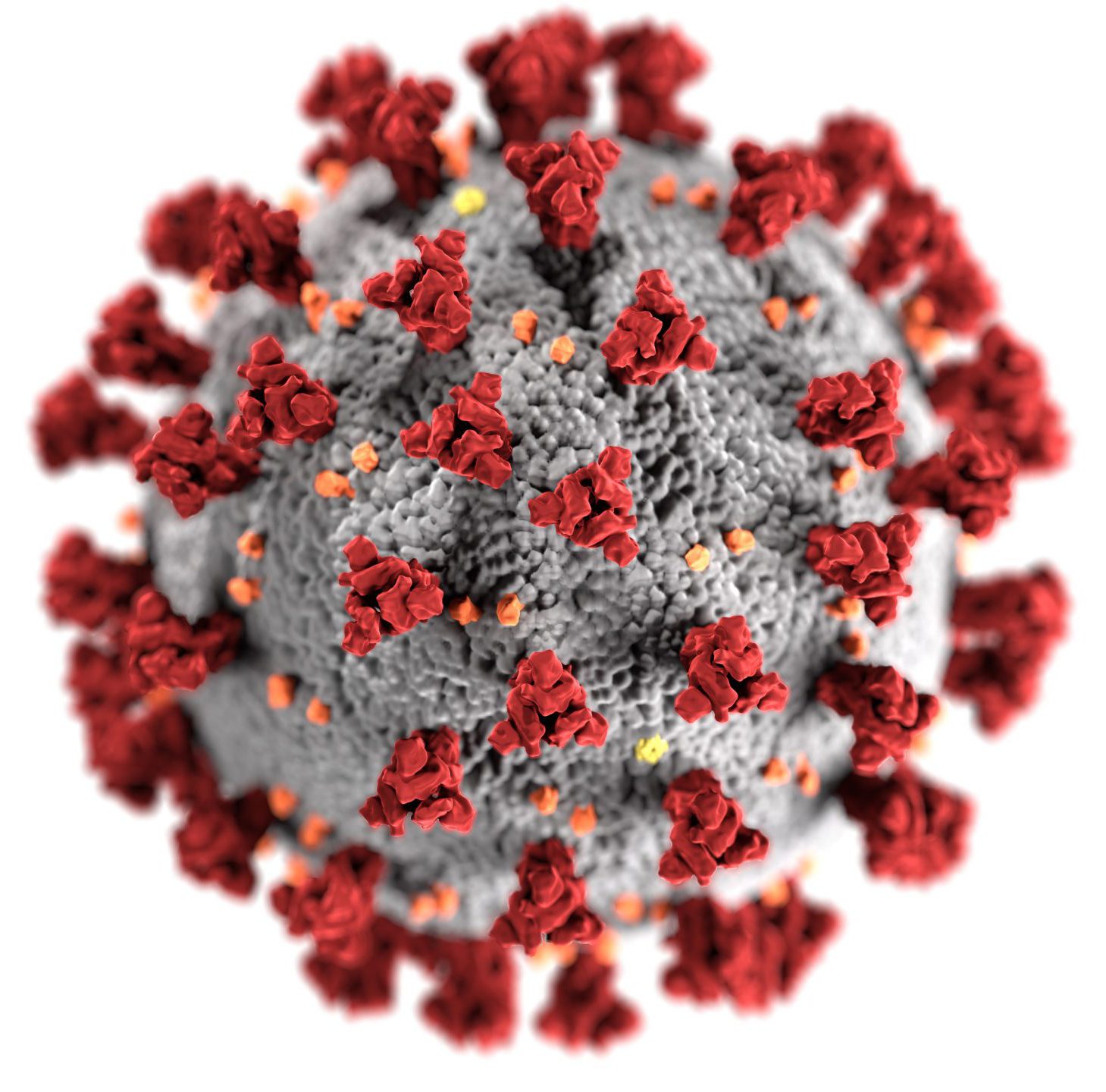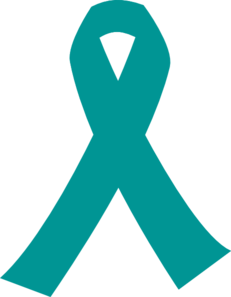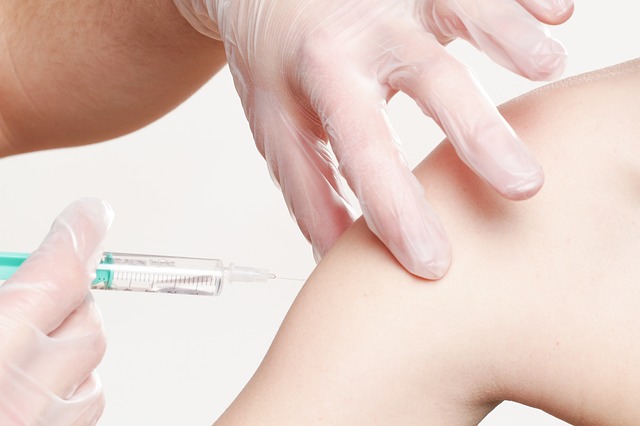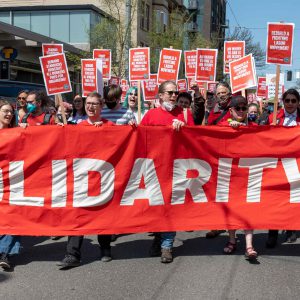Last Updated on January 27, 2021
Since our last update on the costs associated with COVID-19 in September the number of cases in the United States has quadrupled, the number of dead has more than doubled, and a new president has been inaugurated and taken control of the national response to the coronavirus. Four months ago, there hadn’t yet been an election or any approved vaccines. The nation reported more than 6.1 million new infections and over 74,140 deaths in December alone.
Over 1000-4000 Americans have died from COVID-19 every day since November. President Trump refused to meaningfully address the ongoing pandemic in their final weeks in office, even going so far as to needlessly delay signing relief legislation — jeopardizing benefits for millions of Americans in need. Following two vaccines being approved for emergency use by the Food and Drug Administration (FDA) in December, the Trump administration lagged far behind its target of 20 million Americans inoculated by the end of 2020 and left no plan for how to distribute the vaccine for the incoming administration.
The anniversary of the first confirmed diagnosis of the novel coronavirus in the U.S. was also the date of the inauguration of President Joe Biden. He enacted dozens of executive orders and directives aimed at combating the worst public health crisis in a century his first days in office, including:
- activating the federal government to accelerate the production and delivery of testing/vaccine supplies and personal protective equipment (PPE);
- issuing mask/social distancing mandates for airports, public transportation, and federal property;
- directing the Federal Emergency Management Agency (FEMA) to create federally-supported community vaccination centers and reimburse states for emergency supplies and National Guard personnel;
- directing the Department of Education with the Department of Health and Human Services (HHS) to provide guidance for safely reopening and operating schools, childcare providers and institutions of higher education;
- directing the Occupational Safety and Health Administration (OSHA) to enforce worker health and safety requirements, and calls for them to decide whether to establish emergency temporary standards;
- creating the COVID-19 Health Equity Task Force to help ensure an equitable pandemic response and recovery;
- stopping the United States’ withdrawal from the World Health Organization (WHO) and naming Dr. Anthony Fauci the head of the U.S. WHO delegation;
- calling to expand assistance to those who are struggling to buy food, missing out on stimulus checks, or are unemployed and/or unable to work; and
- extending the nationwide moratorium on evictions and foreclosures and the pause on student loan payments and interest for Americans with federal student loans.
The pandemic has continued to affect nearly every aspect of American life. Over 41% of American workers were remote full-time in 2020, with an expected 26% stay working from home in 2021. Lower income workers are more likely to not have the option of teleworking while being at higher risk of exposure to COVID-19. Every interaction can come with risk of coronavirus infection — all while dangerous misinformation and conspiracies have been prevalent and the realities of the pandemic had been minimized by the previous administration. President Biden has called for the Department of Labor to extend unemployment insurance to those who quit a job or refuse a job offer due to risk of COVID-19 infection.
At time of publishing, the United States is leading the world with 25,466,642 cases and 426,052 American deaths. COVID-19 is currently the third leading cause of death in the U.S. — only surpassed by heart disease and cancer, but could potentially overshadow even those this winter. These numbers do not include patients who died as a result of fewer available resources from the strained healthcare system.
Racism remains a significant factor of COVID-19. The SARS-CoV-2 coronavirus was first detected in Wuhan, China. Despite the scientific classifications, some people — including former President Trump and members of his party/administration — have continually attributed the disease to a name with overtly racist connotations: “Chinese virus.” Attaching the virus to an ethnicity has caused Asian-Americans to become targets of racism and xenophobia, making them subject to hostile remarks and physical assault. This racial profiling and targeting stems from the false notions that East Asians are to blame for the emergence of COVID-19 and/or are viral carriers by virtue of their ethnicity. Normalizing the association between the coronavirus and those of Asian descent only causes further division at a time when fear and confusion surrounding the facts continues to be harmful to public health. There are now more than 253 times the confirmed cases of COVID-19 in the United States than have been detected in China and over 86 times as many deaths.
The circumstances and information surrounding COVID-19 are constantly evolving. We at NeedyMeds will continue to keep our users apprised of new information as it becomes available as well as counter misinformation in the interest of keeping our readers and the public safe.
For those looking for information on receiving a coronavirus vaccine, eligibility depends on the state you live in and some other factors such as age, health status, and what your job is. When the vaccination program began in December health workers and the residents/staff of nursing homes were the only people eligible to get vaccinated, though some people who happened to be around when vaccinators were in a “use-them-or-junk-them” situation have been vaccinated out of turn (as it should be, according to a senior official of the CDC). President Biden has suggested states should now be trying to vaccinate people 65 and older plus frontline essential workers such as teachers and people who work in food distribution. An expected 100 million Americans could receive both doses of either currently available vaccine by the end of March. Dr. Anthony Fauci has said that herd immunity may not be reached until 90% of the population — up to 300 million Americans — are vaccinated.
If you are presenting symptoms and think you may have contracted COVID-19, call your healthcare provider or local healthcare facility. Based on your symptoms and exposure, they will decide if you need to be evaluated in person and may confer with state authorities about where and how to do the testing. They will give you instructions on how to arrive in a way that limits exposure. Medical facilities and doctors’ offices ask that everyone call ahead so they can make arrangements to protect others when people come in for testing. There may still be a shortage of tests. In the meantime, if you think you might have the coronavirus, assume you have it and self-isolate. Take all measures to prevent spread — wearing a mask and social distancing in particular. Seek emergency care when appropriate.
Recognizing the importance of mask-wearing in preventing the spread of COVID-19 infections, NeedyMeds has initiated the “Masks Make the Difference” campaign. We are offering 3-layer, premium quality 100% cotton fabric masks as a donation premium to help keep you, your loved ones, and neighbors safe during this ongoing pandemic. The masks are long-lasting, washable, and reusable with antimicrobial treatment.
The NeedyMeds website has a database of over 100 nationwide resources for those who have been impacted by COVID-19. We also have listings for over 18,000 free, low cost, or sliding scale clinics for those concerned about the costs of healthcare. Search your ZIP code for clinics in your area to find free or low-cost medical attention. Remember to call first if you are seeking information about availability of COVID-19 testing/vaccination. The free NeedyMeds Drug Discount Card can be used by anyone to help save money on their prescribed medication — even over-the-counter medicine if prescribed by a doctor. The card is available physically via mail, in a printable form, or as a smartphone app for Apple and Android devices. For more help finding information, call our toll-free helpline Monday-Friday 9am-5pm Eastern Time at 1-800-503-6897.





